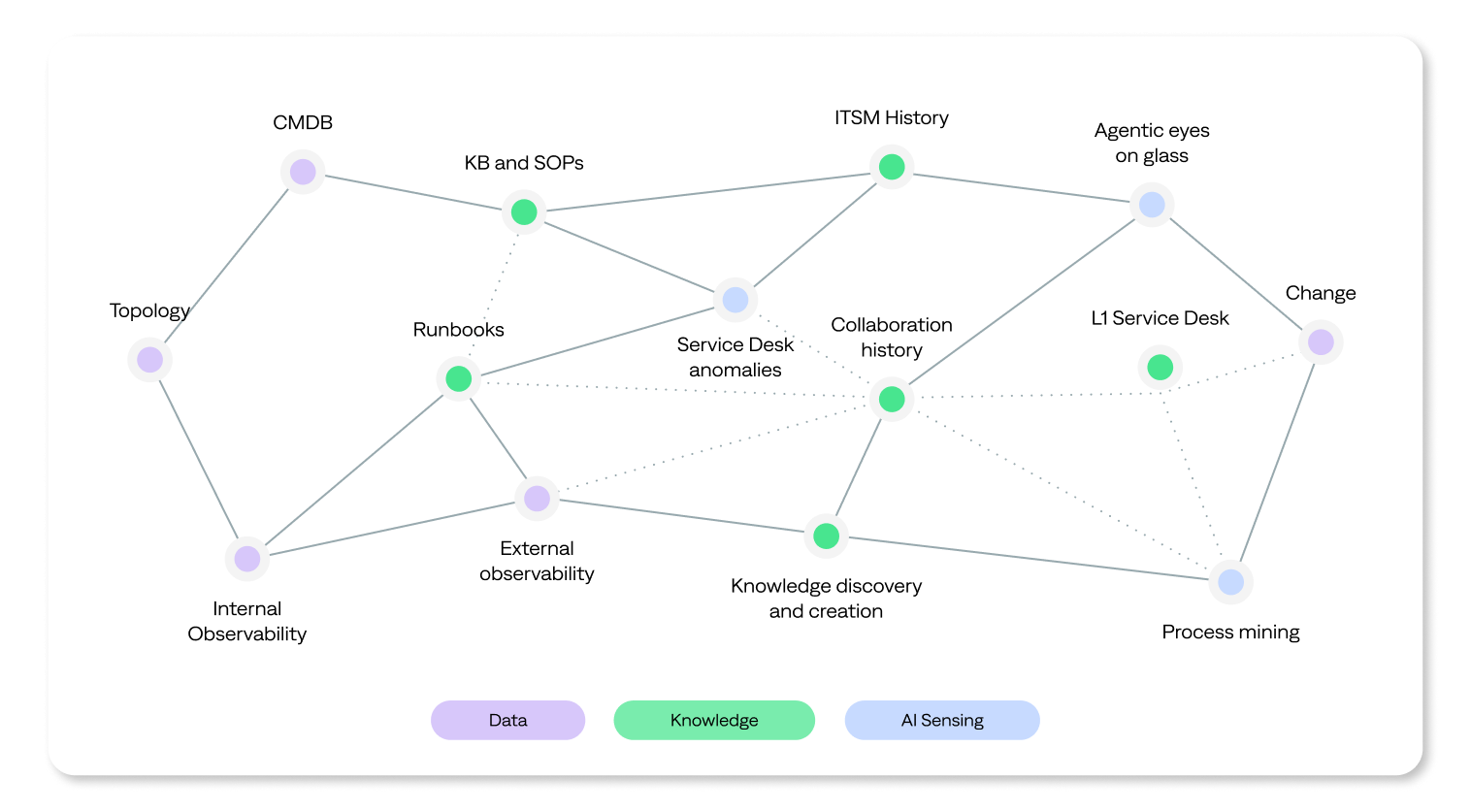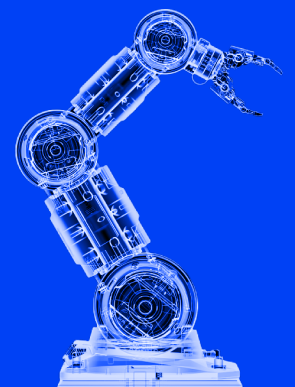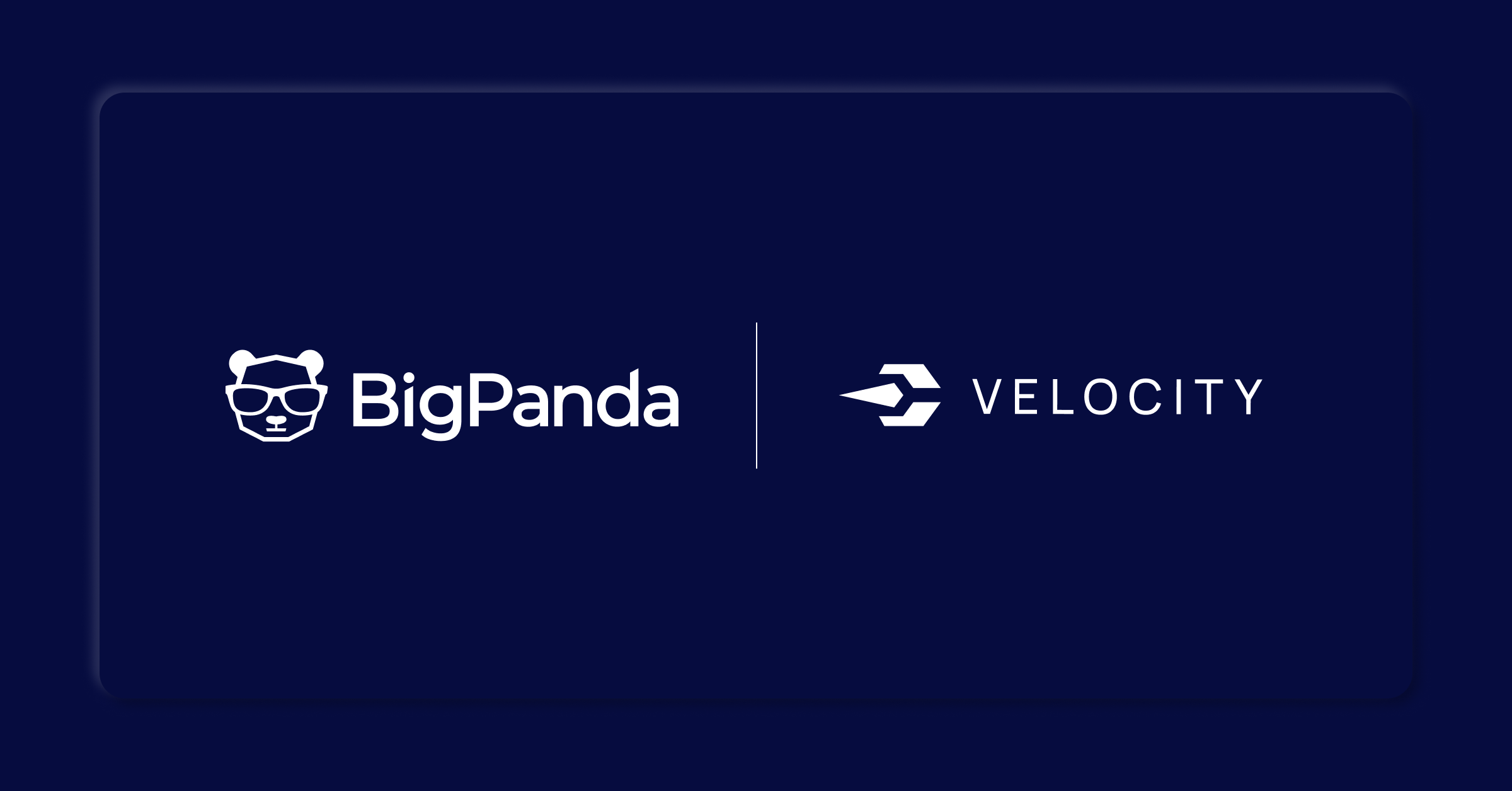Beyond the CMDB: How to build an AI-first data strategy to fuel agentic ITOps

The Configuration Management Database (CMDB) has been the backbone of IT Service Management (ITSM) and IT operations for years. A CMDB is a central repository that stores information about IT assets, configurations, and dependencies, enabling organizations to manage their IT infrastructure more effectively. According to the Information Technology Infrastructure Library (ITIL), CMDBs are required for IT teams to manage the relationships between configuration items (CIs), maintain asset data, and manage IT assets. Some ITSM platforms, like ServiceNow, require a CMDB to maintain a comprehensive record of all IT assets and their relationships.
CMDBs were designed for stable IT environments with infrequent infrastructure changes. IT teams could rely on well-defined relationships between assets, and it was feasible for them to keep configuration records updated manually.
Stable IT environments became a thing of the past with the introduction of the cloud.
As modern IT environments grow increasingly complex, dynamic, and fragmented, traditional CMDBs struggle to keep up. Hybrid cloud and modern software architectures have led to unprecedented increases in the scale, complexity, and fragmentation of IT infrastructures. Maintaining an accurate and fully updated CMDB has become extremely time-consuming, resource-intensive, and frustrating.
“We’ve reached peak frustration with getting your ITOps or ITSM teams all the fragmented, siloed CIs into a CMDB,” said Jason Walker, Chief Innovation Officer at BigPanda. “GenAI can ingest and index all the valuable, unstructured data from your organization and convert it into data that can be leveraged to improve your operations.”
To meet these challenges and remain scalable, effective, and sustainable, ITOps requires a more agile and intelligent approach to data strategy. This approach requires moving beyond static databases and embracing AI-powered insights from diverse data sources.
Enterprises must move beyond the CMDB to an AI-first data strategy to power agentic automation
Traditional ITOps rely on structured data housed in CMDBs and processed through brittle, rule-based systems. This system makes it challenging to keep ahead of tech stack visibility with an accurate CMDB that isn’t too large and cumbersome. CMDBs also omit most of your organization’s data that holds meaningful insights. Vital information and operational knowledge, such as team expertise, unstructured tickets, and chat logs, remain buried and unusable. This lack of information leaves your responders without the actionable context to detect, triage, and respond to IT incidents quickly and effectively.
“A CMDB was sold as an inventory and up-to-date map of the entire universe of your services and components, and it almost always falls short of that,” said Walker. “Now you can take in information from all sources and convert it into usable data that an AI assistant can incorporate into its assistance with day-to-day operations.”
Without a unified view of their IT environment, your teams waste time searching for information instead of resolving issues. Without access to the full scope of your organization’s data, neither AI nor human agents can take decisive action. Common challenges of CMDBs include:
The CMDB operates in isolation from other IT tools, limiting its ability to provide a comprehensive, end-to-end view of IT operations. Essential procedural and protocol knowledge for incident response is buried in fragmented tools and individuals’ minds, rather than being formally documented. Manually finding the correct information during incident response is extremely time-consuming and resource-intensive, and hinders the scalability of operations teams.
The CMDB loses its utility in supporting IT operations and decision-making without accurate data. CMDBs often suffer from outdated, incomplete, or incorrect configuration item (CI) records. These inaccuracies can stem from manual entry errors, a lack of standardized data input procedures, or insufficient integration with discovery tools.
CMDBs require significant manual effort to maintain accuracy. In complex, hybrid IT environments, these records quickly become outdated, leading to inaccurate asset tracking and dependency mapping.
Incident prioritization often occurs in a vacuum, lacking insights into the affected applications, services, or customer experiences. L1 teams must treat all incidents with equal urgency or rely on institutional knowledge to guess their impact. As a result, they waste effort on low-priority issues while high-impact problems go unnoticed.
Overcoming these challenges requires a fundamental change in how enterprises approach ITOps, where intelligent AI agents work alongside human experts to scale their capacity. Enterprises must shift towards a dynamic, AI-first data strategy that captures their siloed and fragmented data and uses it to power insights and automation.
This transition involves leveraging all available IT operations tools, logs, telemetry, and unstructured data sources to create a comprehensive knowledge base to power agentic ITOps.
Building an AI-first data strategy to power automated, agentic IT operations
Fragmented and siloed data and rigid manual processes are major obstacles to efficient IT operations. At BigPanda, we recognize that agentic AI solves these problems. Agentic AI creates autonomous systems that can make decisions and perform tasks, often without human intervention.
These systems, also known as AI agents, can adapt to changing environments, learn from experience, and collaborate with humans to detect, respond to, and prevent incidents at machine speed. These AI agents can do more than analyze data. They can act autonomously, semi-autonomously, or with humans-in-the-loop to resolve issues, optimize performance, and predict and prevent IT incidents.
Critically, agentic AI doesn’t require highly structured data inputs to function. Agentic AI can leverage all your organization’s messy, scattered data and transform it into adaptive intelligence. Instead of relying solely on the CMDB, agentic AI can aggregate, analyze, and correlate data from diverse and unstructured sources, including:
Real-time visibility into IT environments.
Incident and change management records offer insights into IT trends and recurring issues.
Gather comprehensive insights from historical incidents to accelerate investigation, including classification, priority, duration, assignments, runbook, service impact, and closure codes of comparable incidents.
Unstructured data from chat platforms, emails, and documentation can reveal patterns in incident resolution and operational workflows.
By unifying these diverse data sources, agentic IT operations platforms like BigPanda can build a continuously evolving knowledge base that powers end-to-end operational visibility, predictive insights, and intelligent automation capabilities. We call this real-time intelligence engine the BigPanda IT Knowledge Graph.
Powering intelligence and IT automation with the BigPanda IT Knowledge Graph
Designed to enable an AI-first data strategy, the IT Knowledge Graph continuously ingests and connects data that lies buried in fragmented systems and silos across large enterprises. This data is used to build an intelligent model of your IT environment that allows your enterprise to evolve from reactive IT operations to proactive, agentic AI-powered decisions.
The IT Knowledge Graph uses AI agents that learn from messy, incomplete, and informal inputs, mirroring real-world teams’ operations. As new signals, incidents, and human feedback emerge, the IT Knowledge Graph adapts to changing conditions to bridge the gaps between tools, teams, and knowledge. This unified intelligence gives AI agents and IT teams the confidence to predict, prevent, and agentically automate incident workflows, and evolve to meet changing business and technology requirements.
Agentic AI is critical to modernizing ITOps
These enhancements translate into significant real-world business outcomes. With BigPanda, your organization can automate L1 workflows, improve operational efficiency, and deliver exceptional service reliability.
The BigPanda agentic IT operations platform ingests alert data from observability and monitoring tools, normalizes it, and enriches it with operational, contextual, and topology data from available CMDBs. Our platform delivers accurate, up-to-date, real-time visibility into your applications, services, and infrastructure while reducing noise, correlating multi-source alerts, and enabling powerful workflow automations.
Agentic AI allows organizations to harness a broad, differentiated dataset that unlocks the long tail of information in chat histories, call transcripts, ITSM logs, manual workflows, and more. This rich, tacit data holds the keys to transforming ITOps and ITSM. By giving your teams instant, contextual access to the full spectrum of information your organization possesses, your organization can detect, respond to, and prevent IT incidents at machine speed, improving operational efficiency and delivering exceptional service reliability.
Autodesk integrated BigPanda with ServiceNow to establish Smart Ticketing. With the Auto Sharing feature, BigPanda automatically notifies key team members and provides tickets with critical incident information and real-time updates. This feature helped Autodesk streamline its workflows across the incident lifecycle, from detection to investigation to remediation. As a result, Autodesk reduced incidents by 69% and improved MTTR by 85%.
“With the help of BigPanda, we reduced incidents by 69% and significantly improved IT operational efficiency,” said Samy Senthivel, Director of Observability Services at Autodesk.
BigPanda is at the cutting edge of using agentic AI to transform how enterprises detect, respond to, and prevent incidents. Contact us to learn how your organization can use agentic ITOps to reduce blind spots, escalations, and end-user tickets and ensure greater service reliability and exceptional customer experiences.





